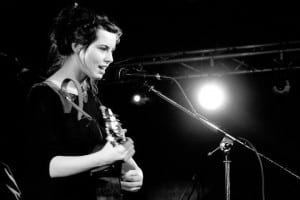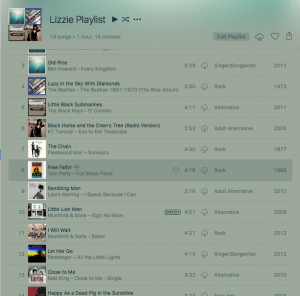The next meeting me and Lizzie were to have, involved the recording of demos of the 4 songs she chose to record. She played the songs through a few times and we sat with guitars together to which I would improvise around with parts that I might include in the final product. This was a great idea as it gave me a real feel for the songs and gave me a chance to learn the base structures of each song straight away. We put a phone just to get the audio recorded to which I could sit down in my own time, play through the songs and also compose the other instrument parts over it.
Wild Things – Lizzie Sawyer (Demo) https://drive.google.com/file/d/0B_2eh6Y3Jqm1YzdNUlRya2hiSnM/view
Miles – Lizzie Sawyer (Demo) https://drive.google.com/file/d/0B_2eh6Y3Jqm1SUUwUXFHQ0NlMDQ/view
You, The Ghost – Lizzie Sawyer (Demo) https://drive.google.com/file/d/0B_2eh6Y3Jqm1djJIMTNUMEZXbTA/view
The End – Lizzie Sawyer (Demo) https://drive.google.com/file/d/0B_2eh6Y3Jqm1OEZqakVlTUxVd2s/view
After I had a copy of the demo, it gave me an opportunity to go over each song closely, composing other parts, and to any structure changes that could be made to the finish tracks. Lizzie gave me permission to change any orders of the songs around and to add any instruments that I’d like to initially add, and we could discuss these at our next meeting.


